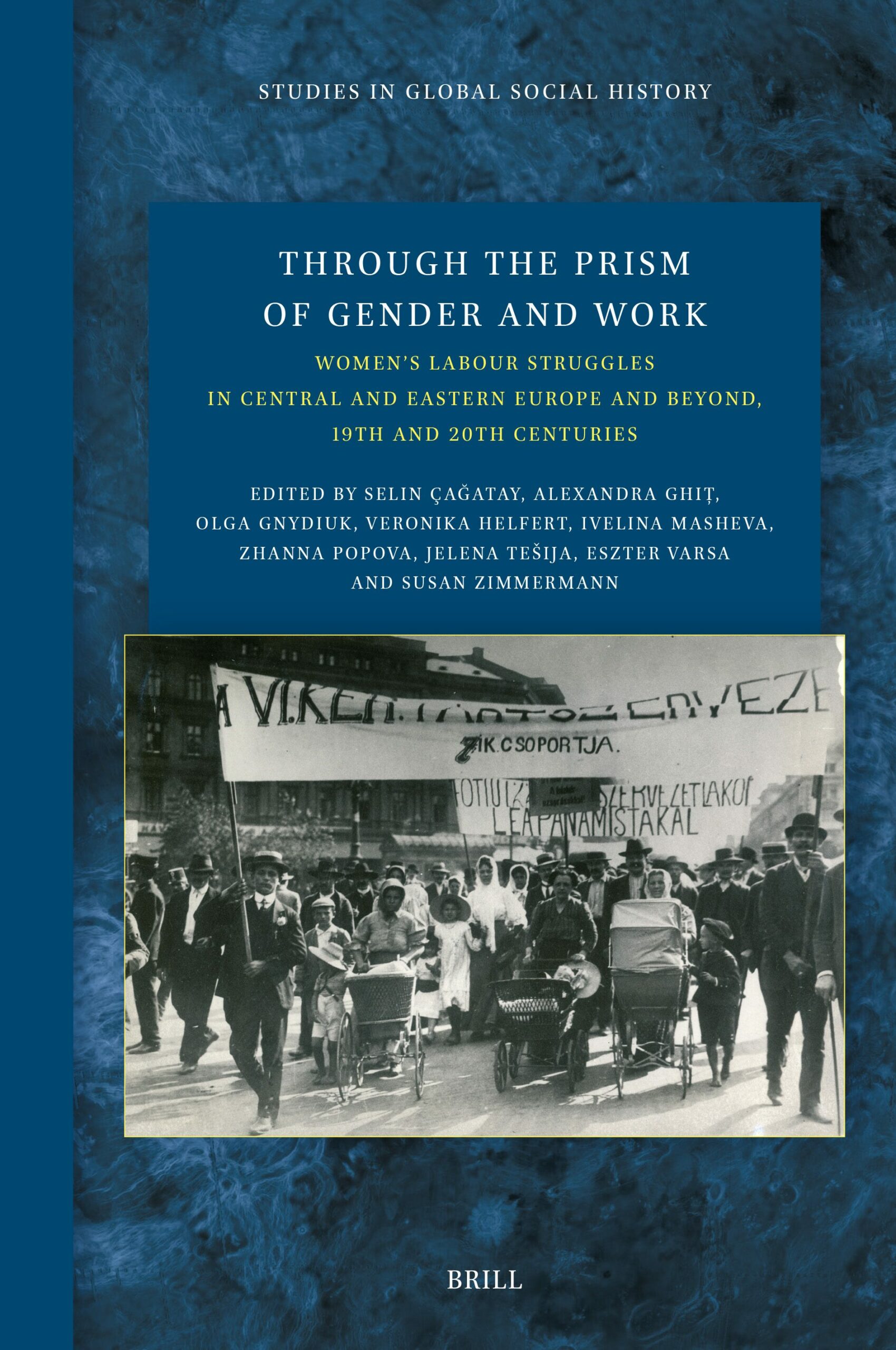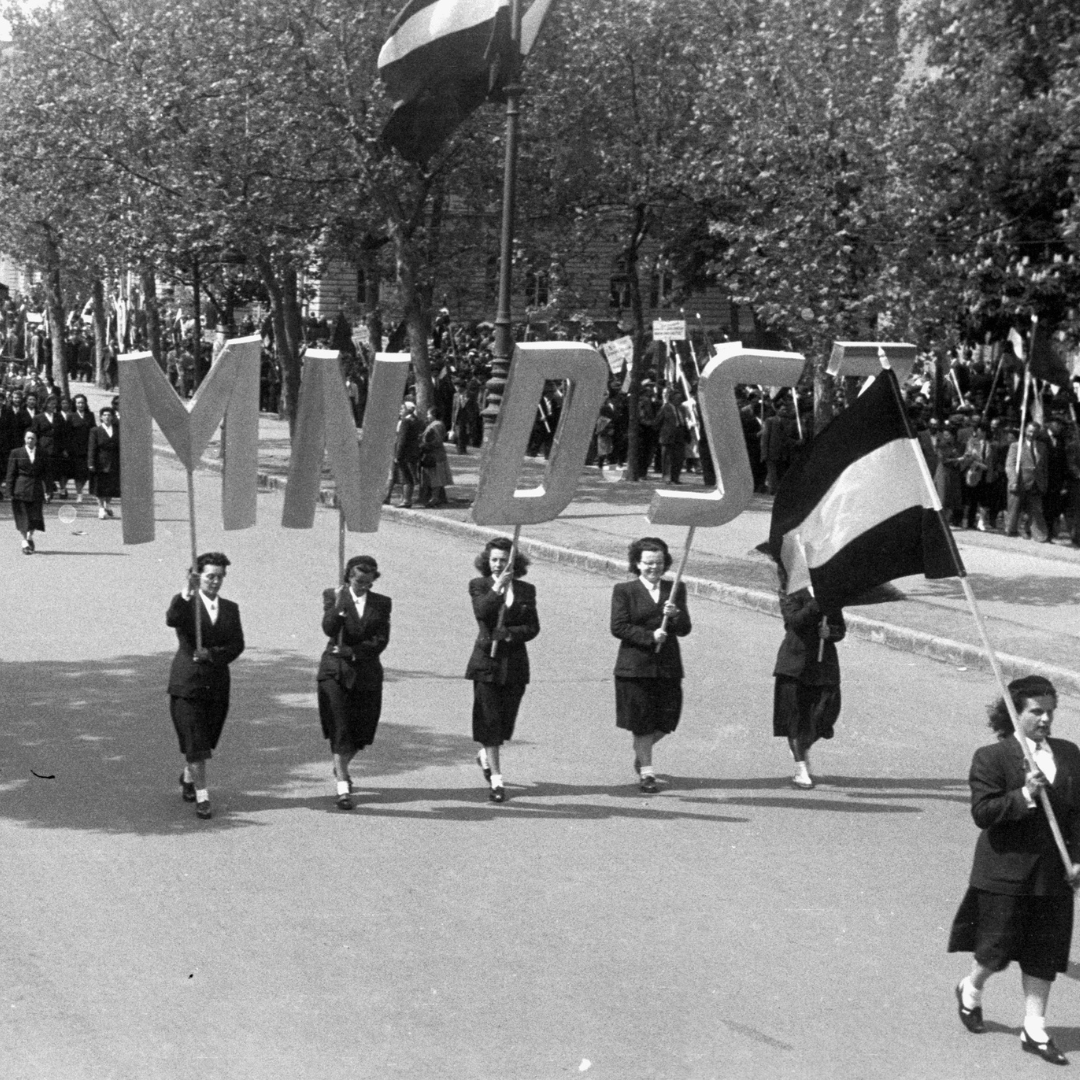Gendered work in Central and Eastern Europe

Published by: Brill

In recent years, the history of female labour activism in the nineteenth and twentieth centuries is experiencing a revival. However, most of the work in the area focuses on Western Europe and North America. Scholarly research in the regions of Central and Eastern Europe is still rare. This book—Through the Prism of Gender and Work—is a tremendously significant contribution as it fills this large gap in scholarship. The volume has emerged through the cooperation of several researchers who presented their work at an international conference held in October 2021 at the Vienna campus of Central European University. What has emerged out of this collaborative effort is an exceptionally detailed and well-thought-out volume edited by an ensemble of important scholars in the field of gender and labour activism. The focus is on Central and Eastern Europe, although the methodologies used in the various essays in this volume may be applied to the study of female labour activism throughout the world.
The volume is effectively divided into three thematic parts. The introduction that prefaces them is the longest essay in the volume. It provides the necessary theoretical framework that contextualizes the essays that appear in the rest of the book. From the introduction, we discover that the book aims to achieve three things. First, to provide a historiographical framework for research on female labour activism in the region. Second, to serve as a starting point for future advances in the area. Finally, to identify the thematic clusters under which most contributions in the area have taken place since the 1960s. In this context, the editors underscore four key thematic clusters in the historiography of the region: the participation of women in left-wing movements, women’s participation in national and international activism, the sociology of gender and work, and activist women’s life histories (p. 3). The introduction spends equal time in explaining the historiography of female labour activism in the region and the overall contributions of the chapters that follow.
It is difficult to strike a balance while selecting essays that would represent the complexity of the region under question in such a large time span. Central and Eastern Europe after all includes nation-states that emerged at the intersection of three empires—the Habsburg Empire, the Ottoman Empire, and the Russian—and later Soviet—Empire. Therefore, the backdrop of these essays is the changing borders and political situations of the areas under consideration. In this regard, all three book sections have a balanced mixture of essays elucidating case studies from different areas of Central and Eastern Europe in different decades of the nineteenth and twentieth centuries. While one essay walks us through the Women’s Publishing Cooperative in St. Petersburg between 1863 and 1879, another essay reveals the labour activism of the Czechoslovak Women’s Union in 1960s and 1970s.
the backdrop of these essays is the changing borders and political situations of the areas under consideration.
The first part of the volume contains seven essays. The main thrust of this section is to illuminate the complexity of the relationship between women’s struggles and male-dominated labour movements. This section draws upon examples of activism in regions in the Habsburg Empire before its collapse as well as activism in regions that came under the Soviet regime. Perhaps the most well-written essay in this section is Mátyás Erdélyi’s. Using the example of female bank clerks in the late Habsburg Monarchy, Erdélyi effectively “showcases the malleable nature of class relations (p. 113).” Demonstrating the sexist biases female clerks faced in the banking sector especially from fellow male employees, Erdélyi analyses the strategies these women used to combat the discrimination.
The second part of the book comprises of six essays and focuses on women’s demands related to workplace justice. With respect to the time span under consideration, this is the most ambitious section. The essays in this section range from 1860s to 1970s. Exploring women’s agency not simply within trade unions but also outside any organized form of activism, this section strives to illuminate how women strove to express themselves despite gender inequality.
The final part of the volume includes four chapters and centres on the use of life histories to understand women’s activism in changing political landscapes. These essays reveal the difficulties that arise when using the archives and the silences thereof to discover the various influences on the lives of women activists. In this regard, Georg Spitaler’s essay on the Austrian socialist Hilde Krones is most methodologically fascinating and rare. In what he calls a “theoretical séance,” Spitaler aims to “engage with traces, phantoms, gaps, and fissures in order to find resources for political hope in the present (p. 543).”
While this is an important volume, it is not without its shortcomings. The main problem is that it is too ambitious a work. The region of Central and Eastern Europe, as stated before, comprises of large and diverse areas. A single volume that attempts to encompass this entire area over two centuries dilutes the depth that could be achieved by focusing on a smaller area or a narrower time frame. What would have served the editors’ purpose better would be to focus on a smaller area or narrow down the period to just one century. However, if the aim is to provide the reader with a sampling of activism in several areas of the region over several decades rather than a deep analysis in any one region in any one period, the volume achieves its goal. My criticism therefore is a small one that only serves to further highlight the volume’s merits. Overall, the book is a must read for gender historians, labour historians, and scholars working in the field of female labour activism.
Ambika Natarajan is a Visiting Faculty at the UM-DAE Centre for Excellence in Basic Sciences, Mumbai, India. She is the author of Servants of Culture: Paternalism, Policing, and Identity Politics in Vienna, 1700-1914 (2023) which was a 2023 Waterloo Centre for German Studies Book Prize finalist. Her article in the Journal of Austrian Studies won the 2025 Max Kade Prize.
